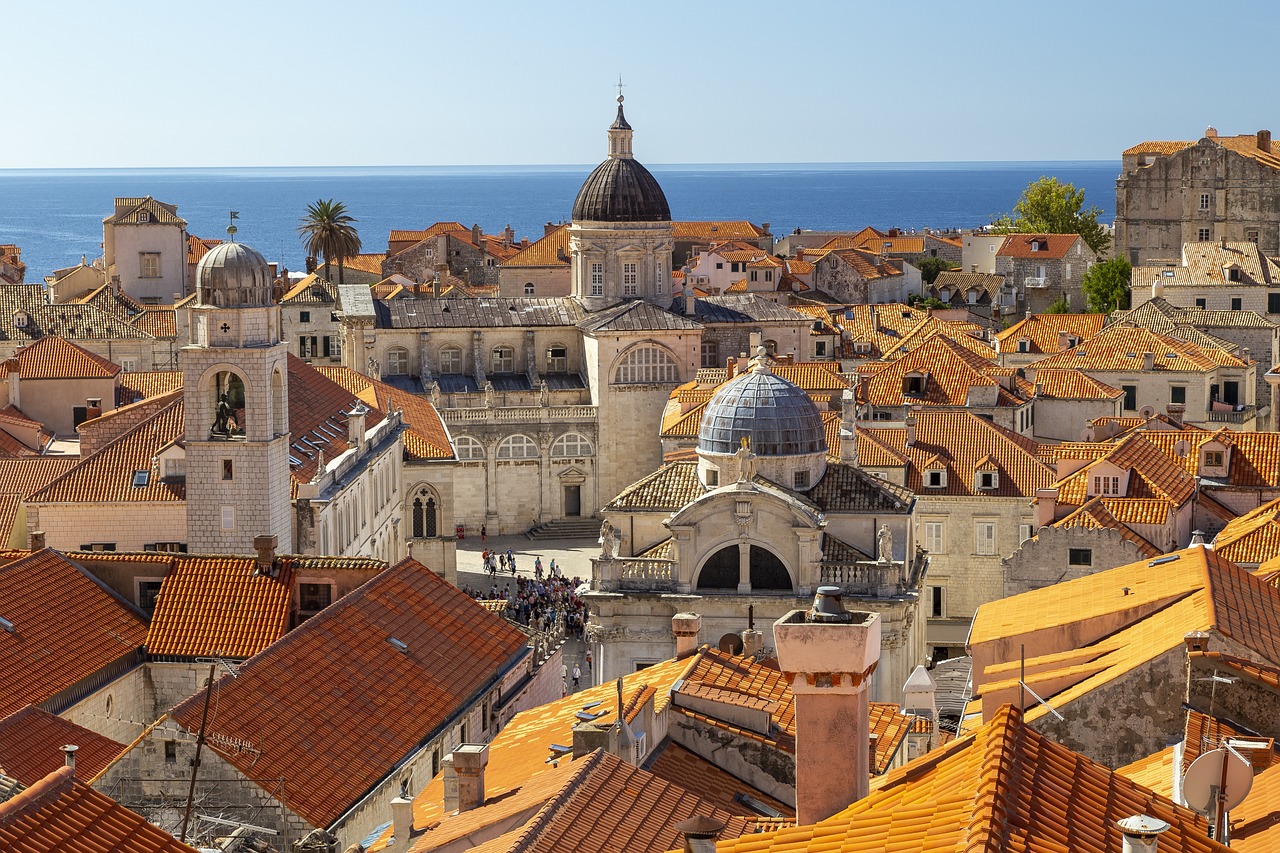Oaxaca City, nestled in the heart of the state of Oaxaca in southern Mexico, is a cultural treasure trove, known for its rich indigenous heritage, vibrant arts scene, and gastronomic wonders. This city, where history breathes through its colorful streets and ancient ruins, offers travelers a profound experience of Mexico’s soul. Here’s what makes Oaxaca City an unforgettable destination:
Historical Heart: The Zócalo, or main square, is the epicenter of Oaxaca’s historical and cultural life, surrounded by colonial architecture, including the imposing Cathedral of Our Lady of the Assumption. Nearby, the Santo Domingo de Guzmán Church and its adjacent Cultural Center, once a convent, now houses the Museum of Oaxacan Cultures, showcasing the region’s pre-Hispanic and colonial art.
Archaeological Wonders: Just outside the city lies Monte Albán, a UNESCO World Heritage site, which was the ancient capital of the Zapotec civilization. Its pyramids, ball courts, and astronomical observatory offer insights into one of Mesoamerica’s most sophisticated cultures. Visiting Monte Albán is like stepping back in time, with panoramic views that stretch over the valley.
Culinary Delights: Oaxaca is often called the “Culinary Capital of Mexico.” It’s famous for mole, with its seven distinct varieties, each a complex sauce of spices, chiles, and chocolate. The street food scene is unrivaled, from tlayudas (large, crispy tortillas topped with beans, cheese, and meat) to chapulines (fried grasshoppers). Mezcal, the agave spirit, is another Oaxacan specialty, with numerous distilleries offering tastings and tours.
Art and Craftsmanship: Oaxaca’s art scene is vibrant, with its alebrijes (colorful, fantastical wooden sculptures), black pottery from San Bartolo Coyotepec, and the colorful textiles of Teotitlán del Valle. The city’s markets, like Mercado 20 de Noviembre, are bustling with artisans selling their crafts, providing a direct link to the region’s indigenous traditions.
Festivals and Celebrations: Oaxaca’s calendar is dotted with festivals that celebrate its cultural richness. The Night of the Radishes on December 23rd is one of the most unique, where artisans carve radishes into intricate designs. The Guelaguetza, held in July, is a week-long celebration of Oaxaca’s diverse indigenous communities through dance, music, and traditional costume.
Indigenous Cultures: With a significant population of Zapotec, Mixtec, and other indigenous groups, Oaxaca City is a living museum of Mexico’s indigenous heritage. Visiting surrounding villages allows for a deeper understanding of these communities’ traditions, languages, and daily lives.
Street Art and Murals: The city has embraced a growing street art scene, with murals that tell stories of social justice, history, and local culture. Walking around neighborhoods like Jalatlaco can lead to unexpected discoveries of art that speaks to the heart of Oaxaca’s contemporary cultural dialogue.
Literature and Academia: Oaxaca has a rich literary tradition, with bookstores and cafes often hosting readings and discussions. The city’s university life contributes to a youthful, vibrant atmosphere that contrasts yet complements its ancient roots.
Nature’s Beauty: Beyond the city, Oaxaca’s landscape includes the Sierra Norte mountains for hiking, the Hierve el Agua mineral springs with their surreal petrified waterfalls, and the coastal region of Oaxaca with its pristine beaches like Puerto Escondido and Mazunte.
Community and Social Projects: Oaxaca is also known for its commitment to social initiatives. Various organizations work on preserving local languages, supporting artisans, and promoting sustainable tourism, reflecting a collective effort to maintain cultural integrity while embracing modern challenges.
The Oaxacan Spirit: What makes Oaxaca truly enchanting is its people’s warmth and the sense of community. Whether you’re participating in a traditional dance, learning to make tortillas, or simply enjoying a cup of hot chocolate in the Zócalo, you’re welcomed with open arms into the fabric of Oaxacan life.
Oaxaca City is not just a place to visit; it’s an experience to be lived, where every moment is an opportunity to engage with Mexico’s deep cultural roots, its vibrant present, and its hopeful future.






